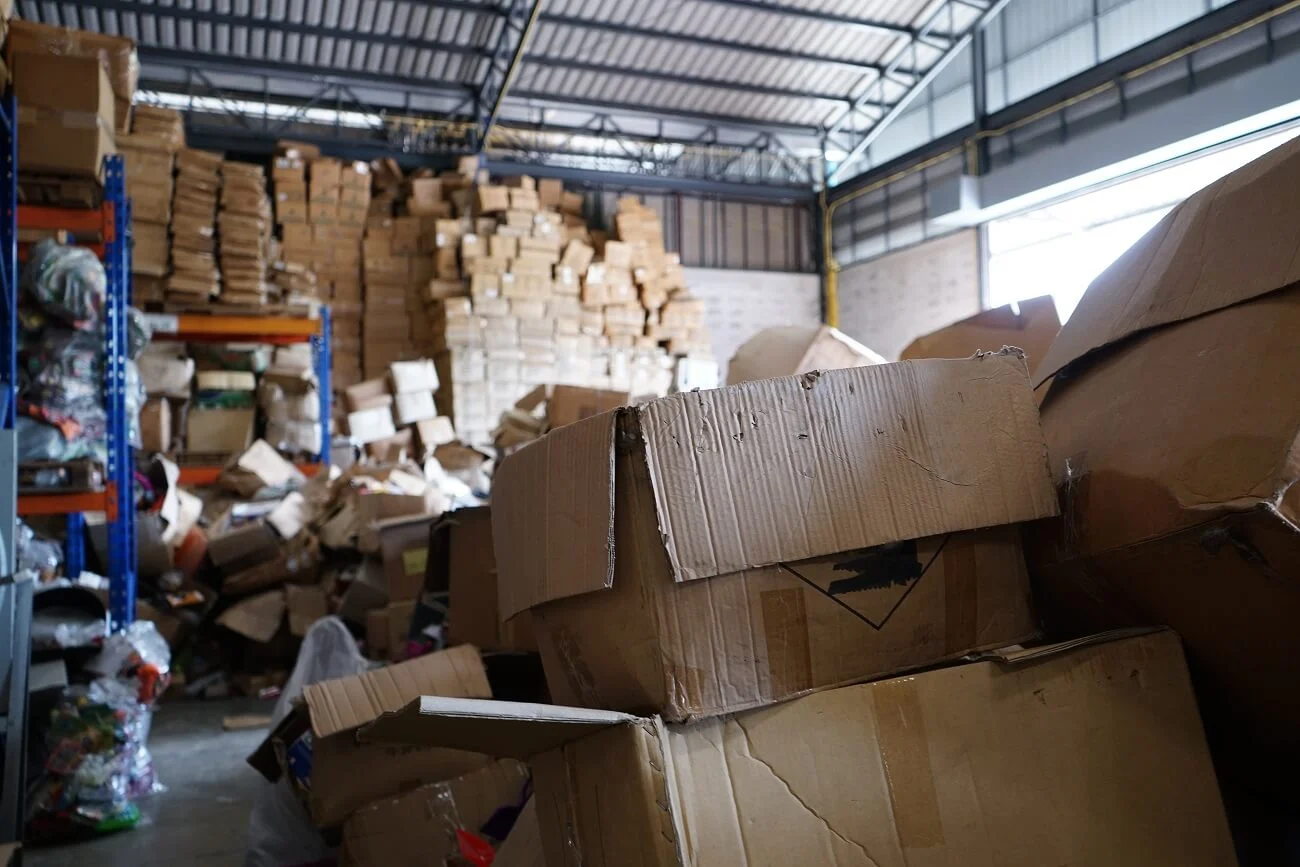In the fast-paced world of logistics and supply chain management, warehouses serve as the heartbeat of businesses. However, over time, these bustling hubs can accumulate clutter, disorganization, and inefficiencies, hindering operational excellence. A well-executed warehouse cleanout is a crucial step towards optimizing space, streamlining processes, and enhancing overall efficiency. In this comprehensive guide, we’ll delve into authoritative strategies to ensure a successful warehouse cleanout that goes beyond tidying up to drive tangible improvements in your logistics operations.
Establish Clear Objectives: The Foundation for Success
Before embarking on a warehouse cleanout, it’s imperative to establish clear objectives. Are you aiming to maximize storage space, improve inventory accuracy, enhance safety measures, or all of the above? Clearly defining your goals will guide the entire cleanout process and ensure that efforts are focused on the areas that matter most to your business. This initial step lays the foundation for a targeted and efficient cleanout.
Conduct a Thorough Inventory Analysis: Know What You Have
An accurate inventory is the backbone of any successful warehouse operation. Conduct a comprehensive inventory analysis to identify obsolete or slow-moving stock. Utilize data analytics tools to gain insights into demand patterns, and prioritize items accordingly. This step not only aids in decluttering but also sets the stage for informed decision-making during the cleanout process.
Categorize Items: Adopt a Systematic Approach
Categorizing items is a fundamental aspect of warehouse organization. Group similar items together, create designated storage zones, and implement a labeling system for easy identification. This approach minimizes the time spent searching for products, reducing order fulfillment times and enhancing overall efficiency. Whether using alphabetical, numerical, or thematic categorization, consistency is key.
Embrace Lean Principles: Optimize Space and Processes
Lean principles, derived from the renowned Toyota Production System, emphasize the elimination of waste and the optimization of processes. Apply these principles to your warehouse cleanout by focusing on space utilization. Consider implementing vertical storage solutions, efficient racking systems, and lean flow paths that minimize unnecessary movements. By doing so, you’ll maximize storage capacity and enhance the flow of goods within the warehouse.
Implement a 5S System: Sort, Set in Order, Shine, Standardize, Sustain
The 5S system is a methodology originating from Japanese manufacturing practices, promoting a systematic approach to workplace organization. Apply the 5S principles – Sort, Set in Order, Shine, Standardize, and Sustain – to your warehouse cleanout. Begin by sorting and removing unnecessary items, then organize the remaining items systematically. Ensure cleanliness, establish standardized processes, and create a culture of continuous improvement to sustain the benefits of the cleanout over time.
Engage Your Team: Foster a Collaborative Environment
A successful warehouse cleanout involves more than just physical tidying; it requires the commitment and involvement of your entire team. Foster a collaborative environment by encouraging input from warehouse staff. Their firsthand knowledge of daily operations can provide valuable insights into areas that need improvement. Engage employees in the cleanout process to instill a sense of ownership and accountability, ensuring that the positive changes are embraced and maintained.
Safety First: Prioritize Workplace Safety
Warehouse cleanouts present an opportune time to assess and enhance workplace safety measures. Identify potential hazards, address them promptly, and establish clear safety protocols. Ensure that walkways are unobstructed, emergency exits are accessible, and safety equipment is in good condition. Prioritizing safety not only creates a secure working environment but also contributes to the overall efficiency and morale of the workforce.
Utilize Technology: Leverage Automation and Digital Solutions
Modern warehouses benefit significantly from the integration of technology. Leverage warehouse management systems (WMS), RFID tracking, and other automation tools to streamline processes and enhance accuracy. These technologies not only facilitate the cleanout process but also contribute to ongoing efficiency by providing real-time insights into inventory levels, order status, and other critical metrics.
Monitor and Evaluate: Continuous Improvement
A successful warehouse cleanout is not a one-time event but an ongoing process. Implement monitoring and evaluation mechanisms to assess the effectiveness of the changes made. Regularly review key performance indicators (KPIs), seek feedback from the team, and identify areas for continuous improvement. This proactive approach ensures that your warehouse remains organized and efficient in the long run.
Document and Communicate: Establish Best Practices
Document the results of the warehouse cleanout, detailing the changes made, and establish best practices for ongoing maintenance. Create training materials and guidelines to onboard new staff and reinforce the importance of maintaining the organized state of the warehouse. Clear communication ensures that everyone is on the same page and contributes to the sustained success of the cleanout initiative.
Conclusion
In conclusion, a successful warehouse cleanout requires strategic planning, collaboration, and a commitment to continuous improvement. By following these authoritative strategies, businesses can optimize their warehouse space, enhance operational efficiency, and position themselves for success in the dynamic world of logistics and supply chain management. Remember, a well-organized warehouse is not just a clean space—it’s a catalyst for improved productivity and business success.
